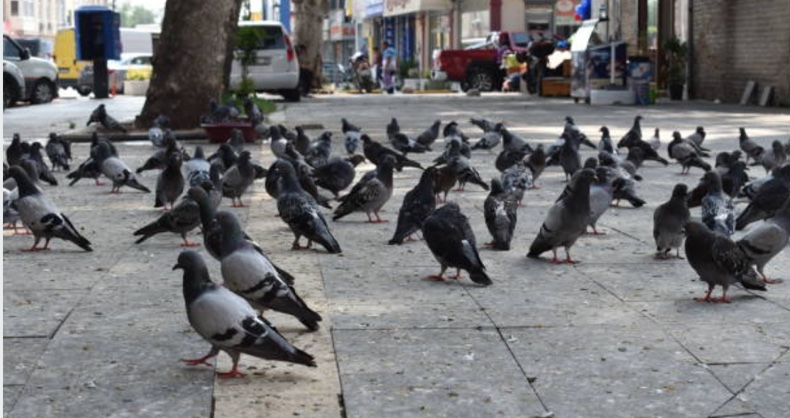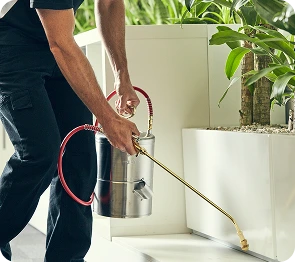Bird Health and Safety Risk


Bird infestations used to be seen mainly as an inconvenience.
Building and facility managers spent time and money cleaning up droppings that looked unsightly and stained walls. However, the impact is far greater than appearance. Bird droppings are acidic and erode metal, stonework and concrete, leading to long-term structural damage.
The problem does not stop there. Birds create dangerous environments for staff and visitors. Studies show that more than sixty diseases can be transmitted from birds to humans, sometimes with severe or even fatal outcomes. Dropping build-up also increases the risk of slip-and-fall accidents, exposing businesses to legal claims. Employees can also become sick if ventilation, gutters or air-conditioning systems are contaminated by nesting birds or accumulated waste. Over time, this can lead to expensive repairs and higher health risks.
In short, birds and their droppings are not just messy. They are a serious health hazard and a cause of costly structural damage.
Diseases Associated with Birds
Birds travel long distances, carry over forty types of parasites, and can host more than sixty infectious diseases. Most bird species rarely come into direct contact with people, which keeps the risks low. But a few species—particularly pigeons, starlings and sparrows—have adapted to urban environments. By living in buildings and feeding on human food sources, these pest birds bring health threats closer to homes, businesses and workplaces.
Fungal diseases
-
Histoplasmosis – A respiratory infection spread when spores from dry droppings become airborne and are inhaled.
-
Cryptococcosis – Found in pigeon and starling droppings at long-term roosts; can affect the lungs and nervous system.
-
Psittacosis – Contracted through inhalation of dried droppings; can lead to fever, headaches, and inflammation of the heart, liver and nervous system.
Bacterial diseases
-
Salmonellosis – Commonly known as food poisoning. Spread when dust or droppings contaminate food, surfaces, or air conditioning systems.
-
Chlamydiosis – Widespread in pigeons and some seabirds; infection occurs through exposure to droppings, feather dust, or secretions.
Reducing Your Risk
The most effective way to reduce these risks is to install professional bird prevention systems. Options such as bird netting, bird spikes and Flex Track Bird Shock systems stop pest birds from nesting, roosting and contaminating your building. By excluding birds, you reduce cleaning costs, prevent costly structural damage and protect staff, visitors and customers from potential disease exposure.

